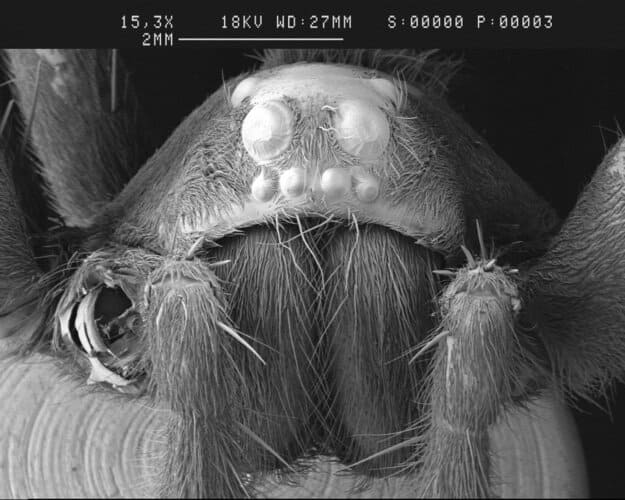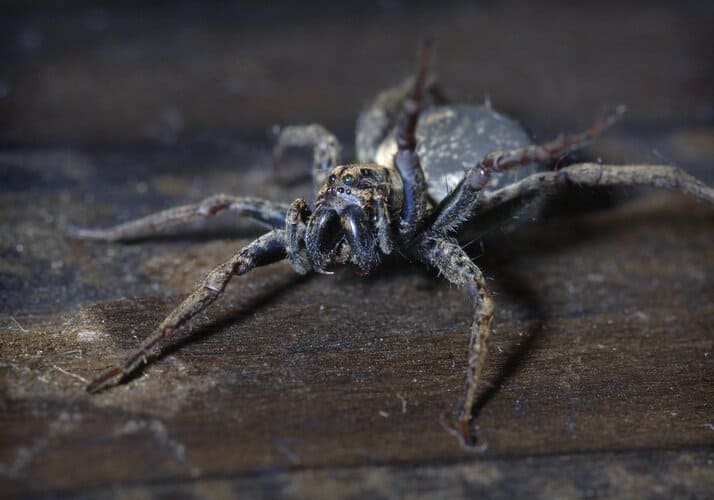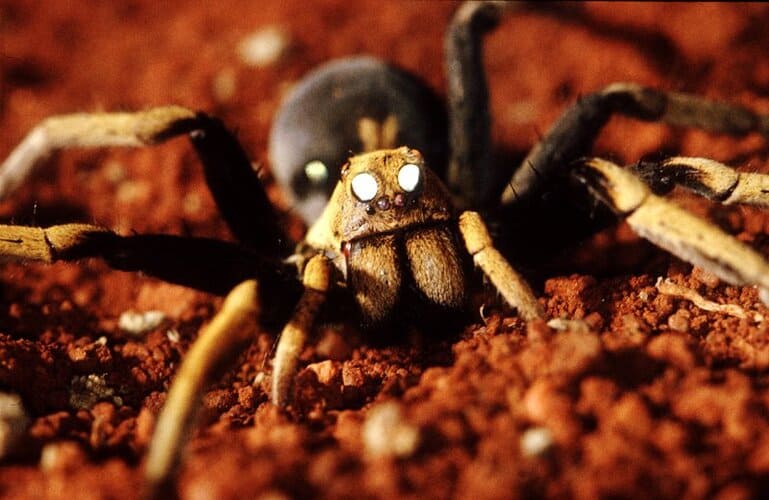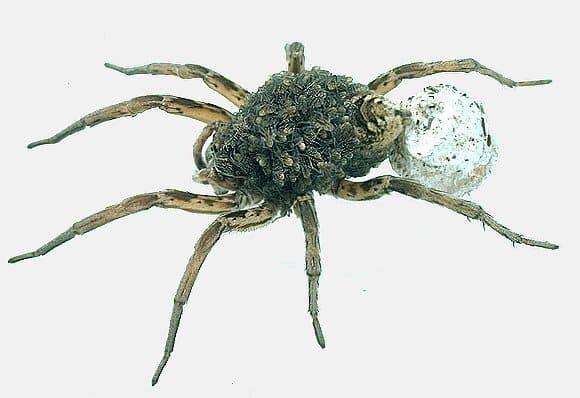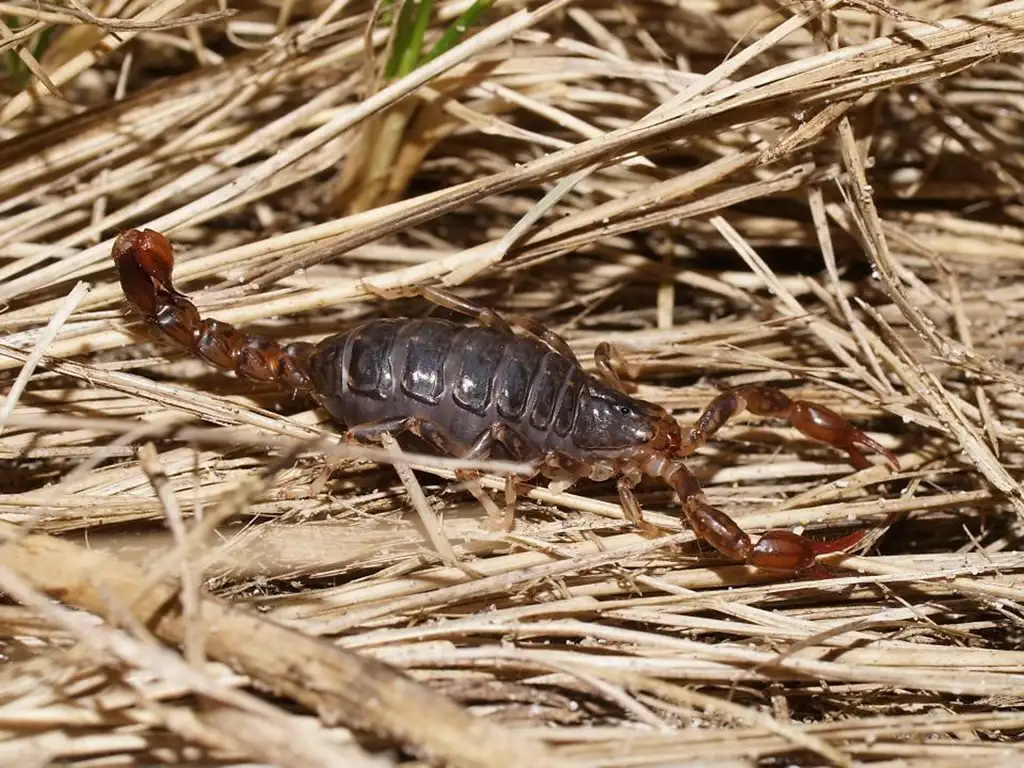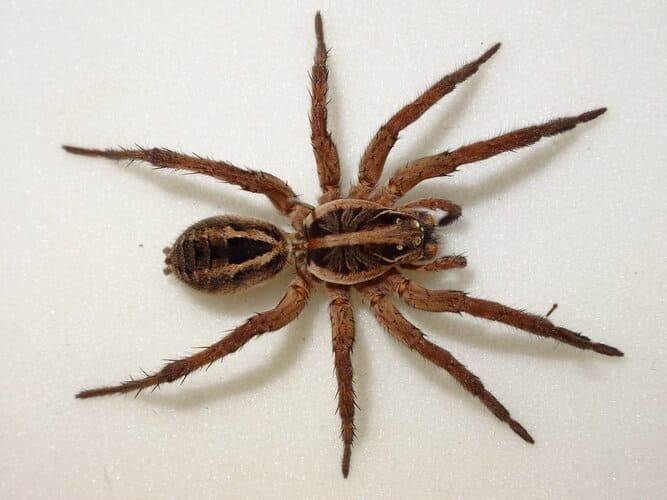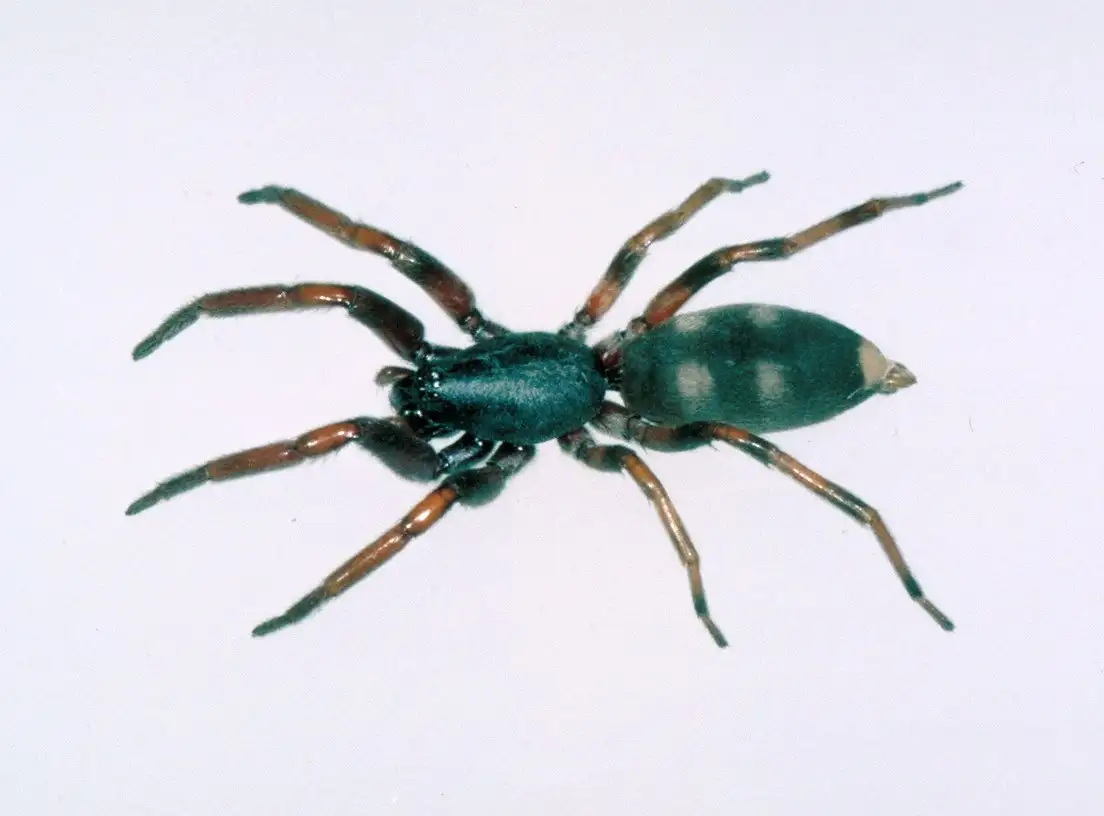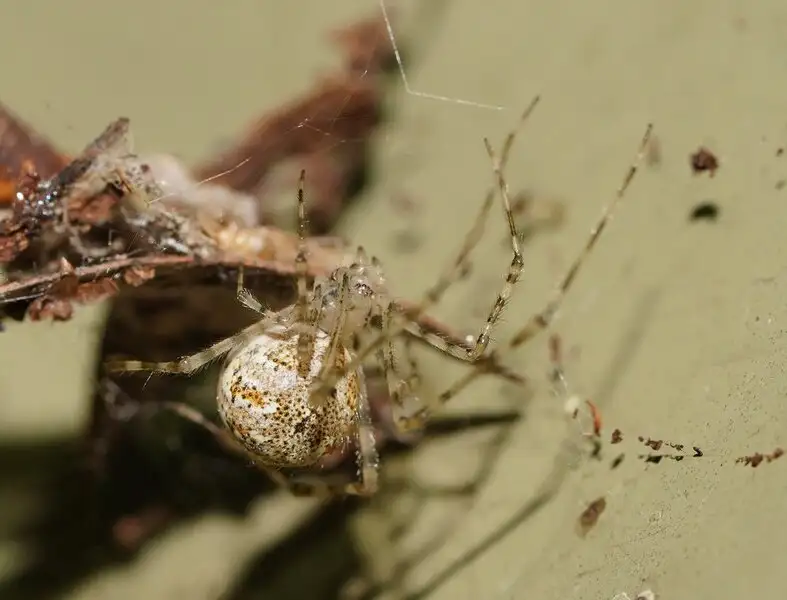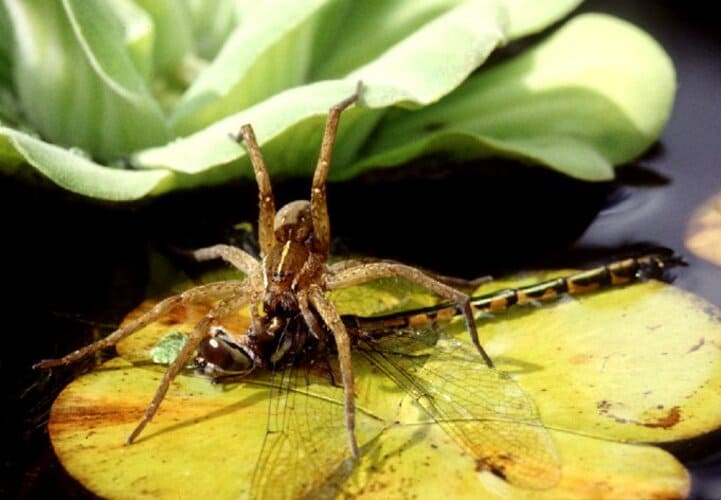Wolf Spiders
IUCN
LCBasic Information
Scientific classification
- name:Wolf Spiders
- Scientific Name:Lycosidae (wolf spider family)
- Outline:Arthropoda
- Family:Lycosidae Wolf spiders
Vital signs
- length:Most species have a body length of about 5–25 mm, with some large species exceeding 30 mm
- Weight:From tens of milligrams to a few grams depending on species and size; robust but still lightweight ground spiders
- lifetime:Typically 1–2 years in the wild, with some females surviving for multiple breeding seasons in favourable conditions
Feature
Active ground-hunting spiders that rely on speed and vision rather than webs to catch prey, with notable maternal care carrying egg sacs and spiderlings.
Distribution and Habitat
Widely distributed worldwide in grasslands, fields, forests, wetlands, sandy areas, gardens and urban green spaces, mainly on the ground and in low vegetation.
Appearance
Brown to grey or dark mottled spiders with strong legs and a characteristic three-row eye pattern, including two large, forward-facing eyes that reflect light at night.
Details
Wolf spiders are members of the family Lycosidae, a large group of ground-dwelling hunting spiders with more than two thousand species described worldwide. They do not match the monstrous image sometimes seen in movies; instead they are agile, mid-sized predators that earn their name from their habit of actively chasing prey rather than waiting in a web.
Taxonomy & Names
Common English name: Wolf Spiders
Scientific family name: Lycosidae
Class & order: Arachnida, Araneae
Appearance
Wolf spiders vary greatly in size and colour, but share several key features:
Body size: most species are about 5–25 mm in body length, with a few larger species exceeding 30 mm;
Colouration: typically brown, grey or dark mottled colours with stripes or spots that blend in with soil, leaves and stones, providing excellent camouflage;
Eye arrangement: wolf spiders have eight eyes arranged in three rows:
four small eyes in a slightly curved bottom row;
two very large forward-facing eyes in the middle row;
two smaller eyes on top of the head region, looking upward.
Body form: the body is robust and slightly flattened with strong, athletic legs designed for running and pouncing.
When illuminated by a torch at night, the large central pair of eyes reflects light strongly, so wolf spiders often appear as tiny shining points on the ground.
Behaviour & Hunting
Unlike web-building spiders that sit and wait, wolf spiders are classic wandering hunters:
most species do not build large prey-catching webs; instead they roam across the ground, leaf litter and low vegetation;
they rely on keen vision and sensitive hairs on the body and legs to detect movement;
once prey such as an insect or another spider is detected, the wolf spider rushes forward and seizes it with a rapid pounce, delivering a venomous bite and then feeding.
Some species dig short burrows or use natural crevices, waiting near the entrance to ambush passing insects. Others live near water and can even run briefly across the surface or dive to pursue prey that has fallen into the water.
Distribution & Habitat
Wolf spiders are among the most widespread spiders on Earth, occurring on every continent except Antarctica. They occupy a wide variety of habitats:
grasslands, agricultural fields, wetlands and sandy areas;
forest edges, tracks, gardens and urban parks;
the ground layer of leaf litter, stones, low vegetation and sometimes tree trunks or rocks.
Many species are active during the day and at dusk, while others are primarily nocturnal.
Reproduction & Maternal Care
Wolf spiders are famous for their maternal care, which is unusually well developed among spiders:
the female packages her eggs in a round egg sac and attaches it to her spinnerets at the rear of the abdomen, carrying it everywhere she goes;
when the spiderlings hatch, they climb onto the female’s back and remain there as a dense cluster, riding on their mother as she moves about and hunts;
after a period of growth the young gradually disperse to live independently.
A female wolf spider carrying an egg sac or covered in tiny spiderlings on her back is a characteristic and memorable sight in nature.
Venom & Effects on Humans
Wolf spiders possess venom to subdue their prey, but most species are not considered dangerous to humans:
they are generally shy and prefer to flee rather than bite when disturbed;
bites usually occur only when a spider is trapped against the skin, for example under clothing or when handled;
typical symptoms include local pain, redness and mild swelling, comparable to a bee sting for many people.
Recommended first aid for a suspected wolf spider bite includes washing the area, applying a cold pack and seeking medical advice if symptoms are severe, spreading or accompanied by signs of allergy. Serious systemic effects are rare in healthy adults.
Ecological Role & Interactions with People
As active ground predators, wolf spiders play a key role in controlling populations of insects and other small arthropods:
they consume a wide range of agricultural and garden pests such as moth larvae, beetles and small grasshoppers;
they in turn provide food for birds, lizards, frogs and small mammals;
they form an important part of terrestrial food webs in many ecosystems.
Around human dwellings, wolf spiders may occasionally wander indoors but usually do not establish themselves there. In gardens and fields they are best regarded as natural pest controllers rather than enemies. If one enters the house, it can simply be captured gently and released outside.
References
Simon-Brunet, B. 1994 The Silken Web Reed Books, Chatswood.
York Main, B. 1976 Spiders William Collins Publishers Pty Ltd, Sydney.
FAQ
Q1. Do wolf spiders attack people?
No. Wolf spiders do not seek out humans to bite. They usually run away when disturbed and only bite in self-defence
if they are trapped or handled.
Q2. How dangerous is a wolf spider bite?
For most people, a wolf spider bite causes local pain, redness and slight swelling that subsides with time.
Severe reactions are uncommon but medical attention is advised if strong or persistent symptoms occur.
Q3. How can I tell a wolf spider from other common house spiders?
Wolf spiders are more robust, with strong legs and a distinctive eye pattern that includes two large forward-facing eyes.
They are usually seen running on the ground rather than hanging in webs.
Q4. Are wolf spiders good or bad for gardens?
They are generally beneficial. By hunting a variety of insects and other small arthropods, wolf spiders help to keep
potential pest populations in check.

